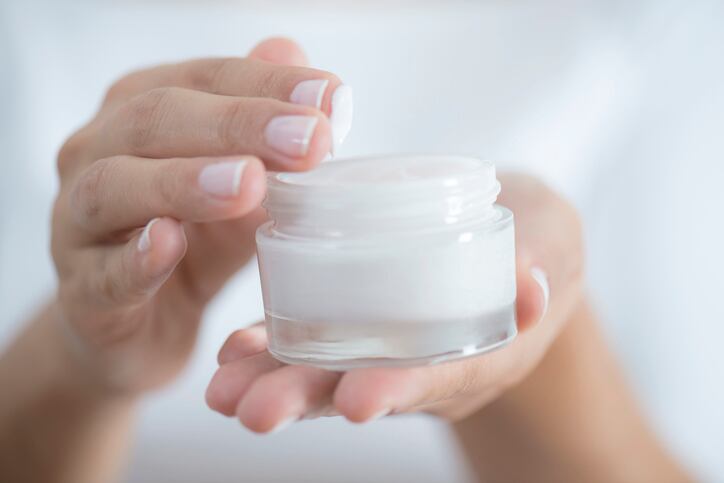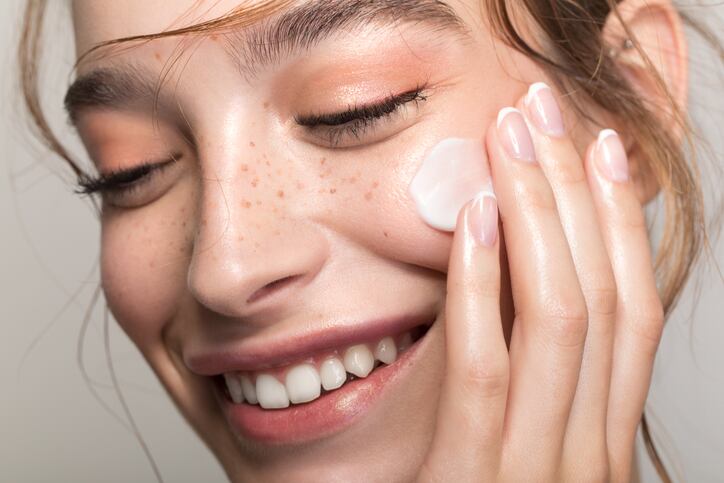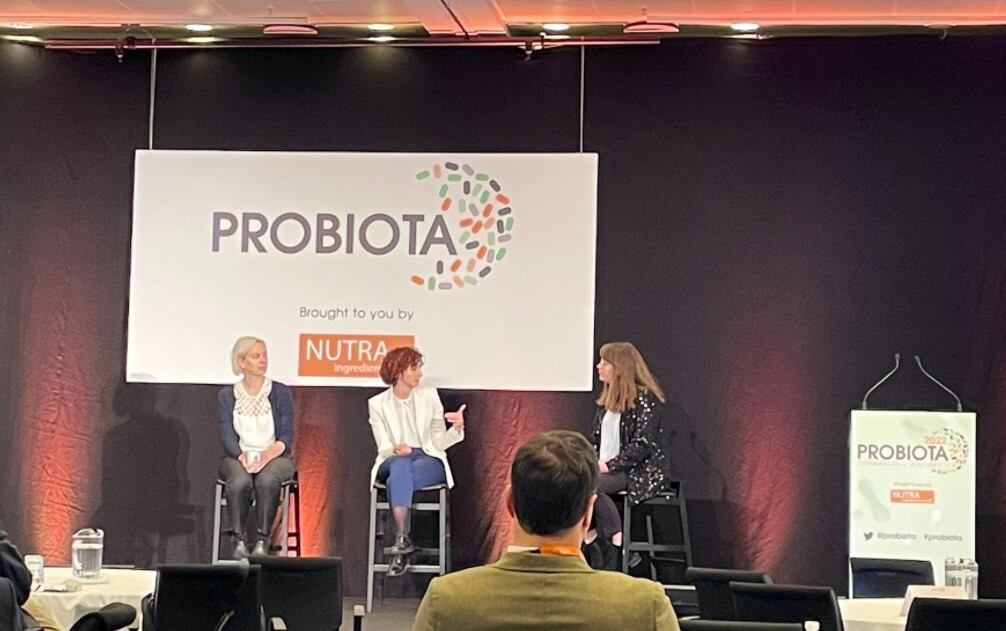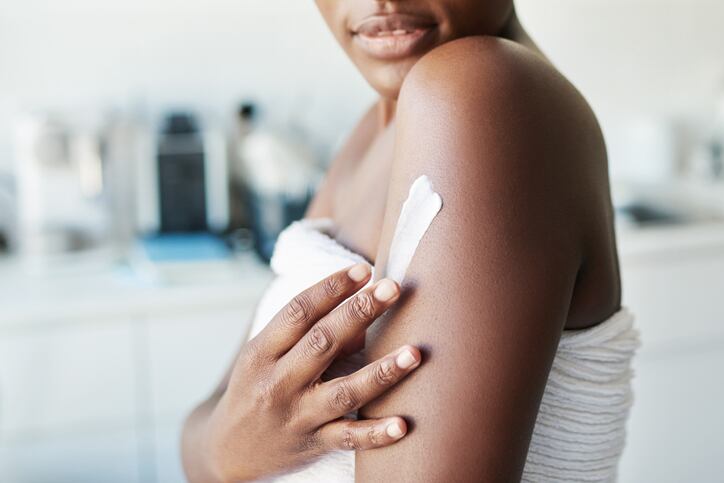Interest in the skin microbiome – an ecosystem made up of fungi, bacteria and viruses – had soared in recent years, driven by expanding scientific research and knowledge, new product development and consumer interest in skin health. But as the beauty and personal care industry continued its efforts in research, innovation and education in this field, where exactly were the biggest target opportunities? And what sort of goals did beauty majors like L’Oréal have in mind?
‘The skin is here to protect us’
Dr Magali Moreau, principal scientist and head of the microbiome laboratory group at L’Oréal Research & Innovation, presented at this year’s IFSCC Congress in London on just exactly the group believed the skin microbiome could be harnessed.
“Today, we have to consider the microbiome when we consider applying anything on our skin, regardless of our intention, because it is part and parcel of the skin barrier function,” Moreau told attendees during her keynote presentation at the Congress.
“The skin is here to protect us from the external environment, as well as the exogenous environment, and the microbiome is part of that barrier function – it directly regulates our protection by releasing antimicrobial peptides; maintaining an acidic pH; it interacts with and educates our immune system. Right from birth, we know being exposed to certain microbes will teach our immune system to differentiate between tolerated pathogens and pathogens that need to be fought against.”
And because of all this, she said it was an organ that warranted being protected, she said.
The beauty toolbox – control, mimic or add
From a cosmetics point of view, she said the existing “toolbox” of ways beauty and personal care topicals could be used to protect the skin microbiome was either via: controlling the presence of beneficial microbes and limiting the growth of others; mimicking the skin microbiome’s overall function; or providing live bacteria to the skin.
And from an ingredient standpoint, she said this spelled clear opportunities for prebiotics, postbiotics and bio-derived materials, but also phages (live viruses) and probiotics (live bacteria) – the latter two being the most complex opportunities due to how hard it was to select, formulate and ensure action with these in topicals.
But knowledge and research had continued to advance in these two areas, Moreau said, and L’Oréal was also heavily engaged.
Research had already mapped the composition of different phages found on the human skin, for example, and findings showed that a range of “very common phages” co-existed with their bacterial target and that humans shared many of the same phages, indicating how there were shared ways of regulating the skin microbiome. “It’s quite interesting knowledge-wise, but it also offers opportunities in terms of microbiome modulation,” she said.
Opportunities of working with live bacteria, such as probiotics, was also a fascinating space, she said, and an area already widely considered in the academic world.
“The dream, like we see in the gut, is the proposal of providing live microbes when indicated to provide a benefit,” Moreau said.
However, there were clear challenges ahead for beauty in this space, she said, because designing specific formulations suitable for those ingredients, ensuring stability of the live bacteria and being able to assess its affect on the resident microbe were highly complex.
Human skin microbiome models
“There is way more to come,” the scientist told attendees. “We’ve seen a lot of papers pushing the boundaries in terms of what we know about acne, barrier function etc., but we can dream about where we can go; dream about building true skin microbiome models.”
Scientists in the gut microbiome sector were “ahead of the game” here, she said, having very recently successfully created the first model human gut combining 119 bacterial species naturally found in the human body.
“This is the dream, so that we can bring solutions for healthy skin – against ageing, environmental aggressors, hormones – so we can push the benefits in barrier function, pigmentation disorders and immunity. And this is already a territory that is already highly active in academia, but also inspiring a lot of startups as well as the big groups, one of which I represent,” Moreau said.




